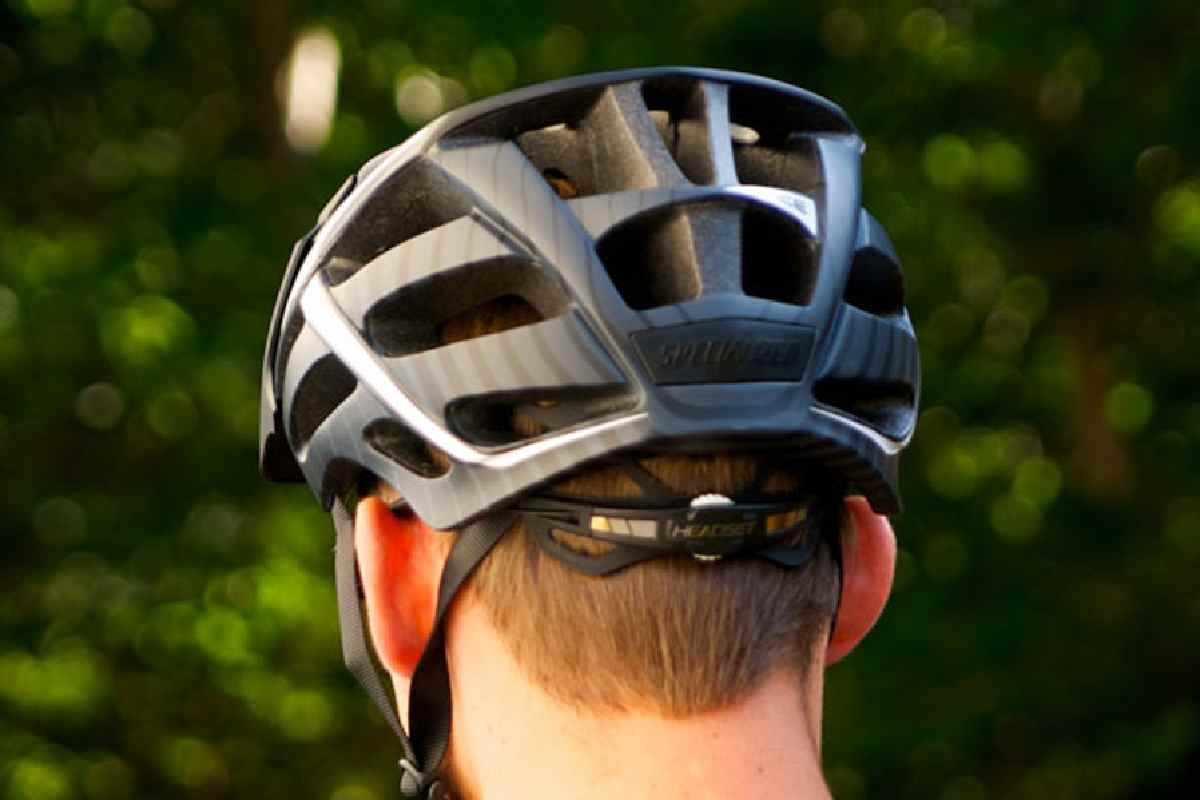How Safe Is A Cycling Helmet?

Awareness of deaths among cyclists is increasing, not only as a result of safety campaigns and media reports but the heartbreaking sight of bunches of flowers left on a kerbside where a cyclist died.
There is much debate about how much protection a cycling helmet actually offers a cyclist – and even though wearing a safety helmet is better than not wearing a safety helmet, getting the right fit is crucial to ensuring your cycle helmet offers the best protection possible in the event of a head impact while cycling.
Safety helmets for cyclists have to pass safety standards, just as motorcycle helmets do – and it is also vital to make sure that any secondhand cycle helmet has not previously been involved in a crash involving a head impact as the protective inner lining may be damaged, rendering the helmet virtually useless.
Figures from the Department for Transport (DfT) have also revealed that in recessions there are more cycle deaths as road users opt for a cheaper form of transport. Between 2010 and 2011 the death rate among cyclists increased by 7%, compared with the rate for 2009 and 2010 – and in the Great Depression of 1930-1935, cycle deaths increased by 58%.
Charlie Lloyd, the spokesman for the London Cycling Campaign, supports the theory that the increase is most likely the result of more cyclists on the roads during harsh economic climates. Speaking to The Guardian he said:
“Cycling fatalities in general are not getting any worse. It is likely that any increase in the number of fatalities during a recession is related to an increase in the number of cyclists. More people get on their bike or spend more time on a bike during a recession.”
In the UK cyclists comprise nearly one in 10 admissions to A&E departments, and wearing protective headgear may not completely protect you from injury – but it can help prevent traumatic brain injury (TBI), which can result in long-term or life-changing injuries affecting mobility, speech, cognitive skills, and brain function.
In London, a cross-city cycle route is being discussed by the Mayor of London – but although this may help prevent cyclists from getting caught up with heavy or fast-moving traffic, it will not prevent cycle accidents involving falls from cycles in poor weather, collisions, or cyclist error.
Even if you rent a cycle, wearing a helmet is crucial – especially if you are not an experienced cyclist and even if you are riding along quiet country lanes.
Some of the safety features you need to look for in a cycling helmet include:
- Fit – the helmet needs to cover the back of your head, so get expert help in choosing the right-shaped helmet for your individual head, as all skulls have their own shape and topography. Needless to say, once you have chosen your cycle helmet, wear it as intended, and not at a jaunty angle, pushed down over your face or on the back of your head like a straw boater.
- Chin strap – this can make or break a helmet’s effectiveness, so opt for a strap that fits the shape of your chin and is comfortable. Fiddling with your chin strap or undoing it all together will also undo all your good intentions about cycle safety and protecting your precious skull from impact in a crash.
- Easy adjustment – some cycling helmets have a dial system so you can adjust the fit as you cycle along, which can be crucial if you cycle for a living and can’t spare the time to stop and fiddle with your lid.
- Weatherproof – look for waterproof linings, air vents to keep your head cool, aerodynamic designs to prevent dragging when you ride at speed or in cross winds, interior cushioning to prevent chafing, improve fit and keep wind and rain out, and visors ( some are detachable) to keep wind, rain, sun, and insects out of your eyes and off your face.
Most local councils also either run or have information about cycle safety courses for cyclists of all ages and experience – and getting to know other cyclists can help you improve your skills and benefit from their knowledge and experience of the road and its hazards.
And if you do take a tumble and hit your head, even if it seems minor or insignificant, see a doctor if you get any of the following concussion symptoms, as a concussion can mask a more serious injury such as a blood clot or fractured skull. The symptoms of concussion are:
- Bruise to temple or head injury
- Dizziness
- Confusion
- Headache and head pain
- Hearing impairment
- Listlessness
- Losing consciousness
- Nausea and/or vomiting
- Speech or memory impairment (sometimes bad language, shouting irrationally, or rambling speech can be a sign of concussion after a head injury)
- Unable to stand
- Visual disturbances (eg unable to focus, double vision)
- Weakness in limbs.
If a cyclist has an accident and they have clear liquid or blood in their nose or ears, call for medical help immediately as this is symptomatic of a fractured skull. It is also best to allow paramedics to remove a cyclist’s safety helmet if you suspect they have a serious head, neck, or spinal injury.
Also Read: Private Health Insurance – Choosing the Right Policy for You